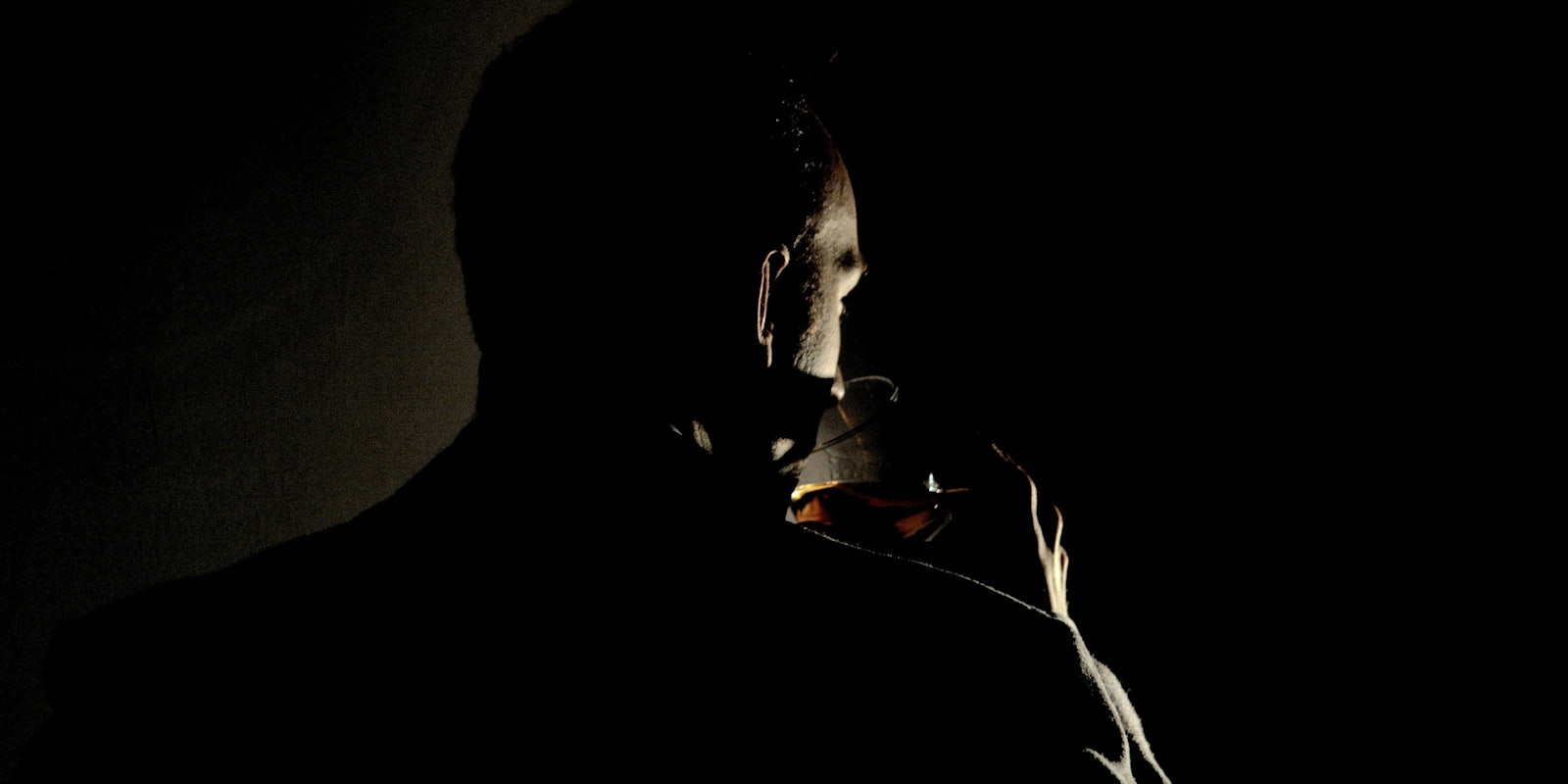Last night, a grand jury in Ferguson, Mo., chose not to indict police officer Darren Wilson in the deadly shooting of unarmed teenager Michael Brown, setting off shockwaves of grief and protest. But a special anger has been rightfully reserved for Wilson’s own testimony, since released, which labels Brown as a “threat,” an “it,” and a “demon,” effectively leveraging the language of mystic, existential horror to legitimize his actions.
Darren Wilson described Mike Brown to the grand jury as “like a demon,” like “Hulk Hogan.” He had more than a month to come up with that.
— Lisa Bloom (@LisaBloom) November 25, 2014
Darren Wilson, who says he felt small compared to Michael Brown, was shy of 6’4″. #Hulk pic.twitter.com/sLFKmBXHFN
— Jonathan Capehart (@CapehartJ) November 25, 2014
Rarely have I seen the demonization of racial difference rendered so literal: “It looked like a demon.” pic.twitter.com/2cILN9YxtY
— Yoni Appelbaum (@YAppelbaum) November 25, 2014
While traveling in South Africa some years ago, I learned that a funny myth persists among the children of rural black townships there: White people glow in the dark. There’s nothing intrinsically evil about this old wives’ tale—it’s the result of unfamiliarity with, not a terror of, otherness—and adults who once believed it recall as much with laughing embarrassment.In the U.S., though, some whites are far less willing to shed their noxious ideas about the supernatural divide between themselves and other races. To understand why one would labor under a bias that suggests black people possess psychic powers and inhuman strength—or why Wilson, describing his use of lethal force, called Brown a “demon”—you’d have to go back to the roots of “scientific racism,” a form of quackery designed to justify social inequality with the canard that blacks and whites are separate species living in a Darwinian hierarchy.
This ancient superstition flows within the atrocities of black slavery and centuries of colonialism in Africa and the Caribbean, which gave whites their fears of black voodoo magic and zombie uprisings, right up through the end of the 20th century. In 1978, the Mormon Church finally lifted a ban on blacks in the priesthood and has been reassuring followers that their skin color is not the Biblical curse of Cain ever since. From the Prohibition Era to the crack epidemic of the 1980s and 1990s, the impressions that drug abuse was principally a problem of the ghetto and addicts were rendered insane, feral, or immune to shock—both untrue—flourished. In fact, the iconic 90s victim of police brutality, Rodney King, was described by his assailants in the same way Wilson described Brown. One even likened him to a destructive cartoon animal.
https://twitter.com/ourtropes/status/537150815015014400
An exaggerated sense of physical dominance lies at the core of Wilson’s narrative, as it must: to rationalize Brown’s killing, he had no choice but to make the world believe that his own life was in danger. Thus his assertion that after taking two punches to the face, he concluded a third could prove fatal—seemingly contradicted by photos of his actual, minimal injuries. From this vantage, it looks as if Wilson’s underlying prejudices resulted in a panic out of joint with the actual situation. He saw Brown not as a citizen but an unstoppable bodily “threat.”
https://twitter.com/MyHoneySoSweet/status/537255092920266752
They’re invisible. RT @HalDockins: Darren Wilson is 6’4″ and 210 lbs. This photo shows his injuries. pic.twitter.com/jUqN1qmVKi
— Imani Gandy (Orca’s Version)(@AngryBlackLady) November 25, 2014
https://twitter.com/owenxlang/status/537094066463571968
https://twitter.com/LegallyKeeKey/status/537257541538181121
On closer inspection, there are two or more strands of racist ideology braided here. For while whites are disposed to associate blacks with physical supremacy—try Googling the phrase “black people extra muscle” for some appalling discussions of the success of various black athletes, or “miscegenation wrong” for blog posts by bigots who think interracial sex contaminates white bloodlines—they’re also likely to find them mentally inferior. (The IQ test, of course, is never at fault.) Combine these stereotypes and you have a race of people who lack the capacity for reason and can’t be neutralized by conventional means in a fight. They become rabid animals, and we all know what happens to them—they get put down.
https://twitter.com/Dat_BrundleFly/status/537134454511116288
If you are an animal you will be killed like one regardless of race! #MichaelBrown shouldn’t have been associating and acting like an animal
— Motherfucker Jones (@JimmyNegrotto) November 25, 2014
The rage over Wilson’s testimony is down to its reliance on these primeval tropes. Rather than acknowledge a treacherous social or cultural chasm between himself and his young victim, he paints Brown as a boogeyman. He wants us to believe it was Brown’s very nature—as a threat, a demon, an unholy it of totalized, soulless fury—that determined his deadly response. In that way, he snaps the fatalist mousetrap, for if Wilson and Brown are essential opposites, matter and antimatter, there could have been no other outcome of their meeting. And how, exactly, does one put destiny on trial?



